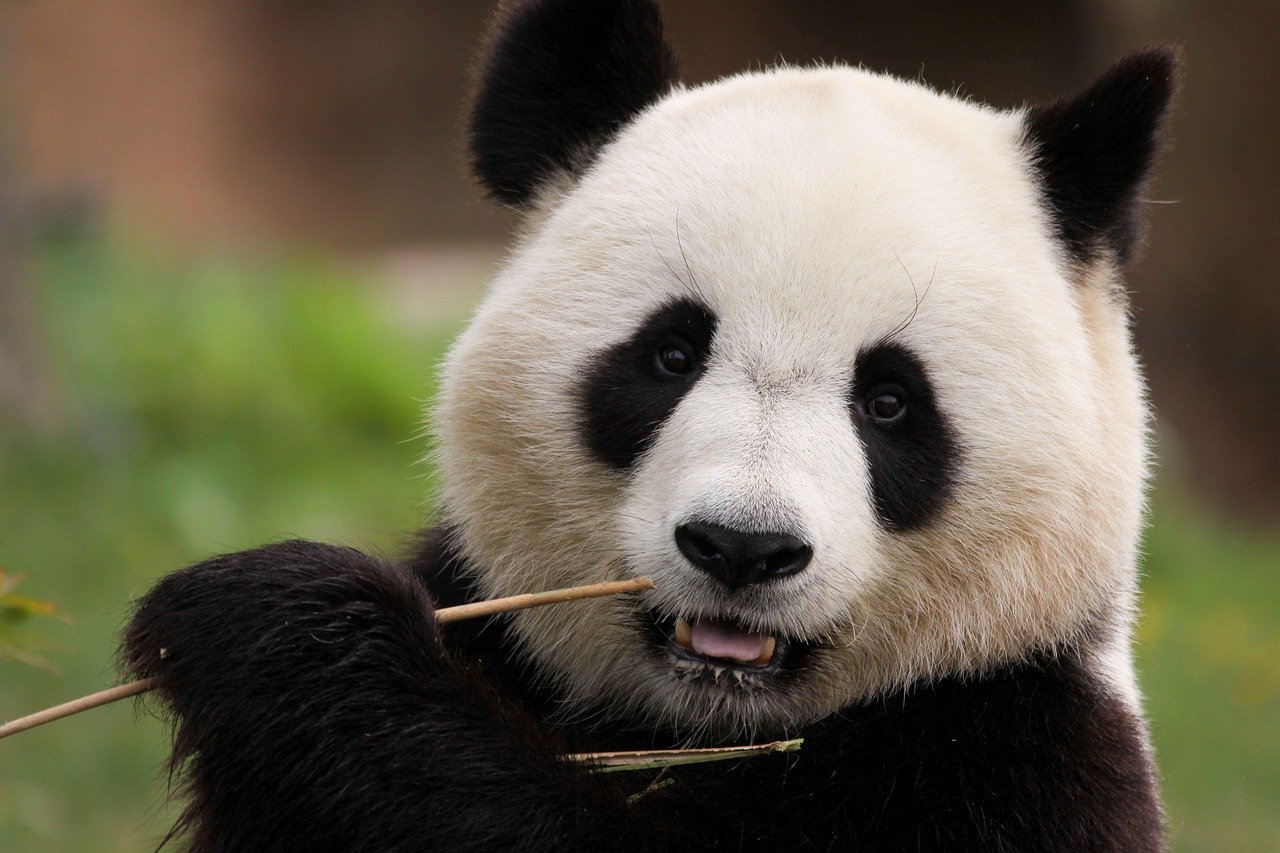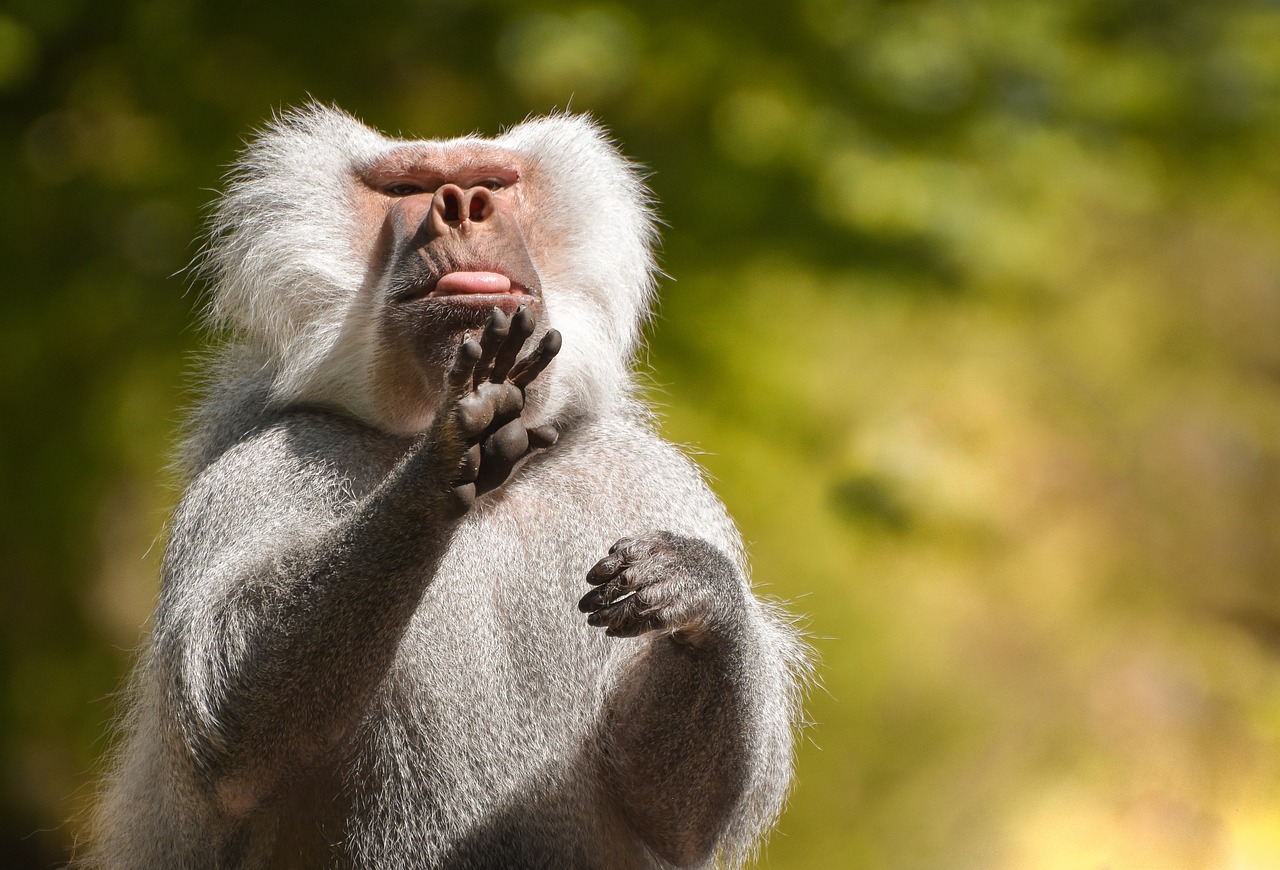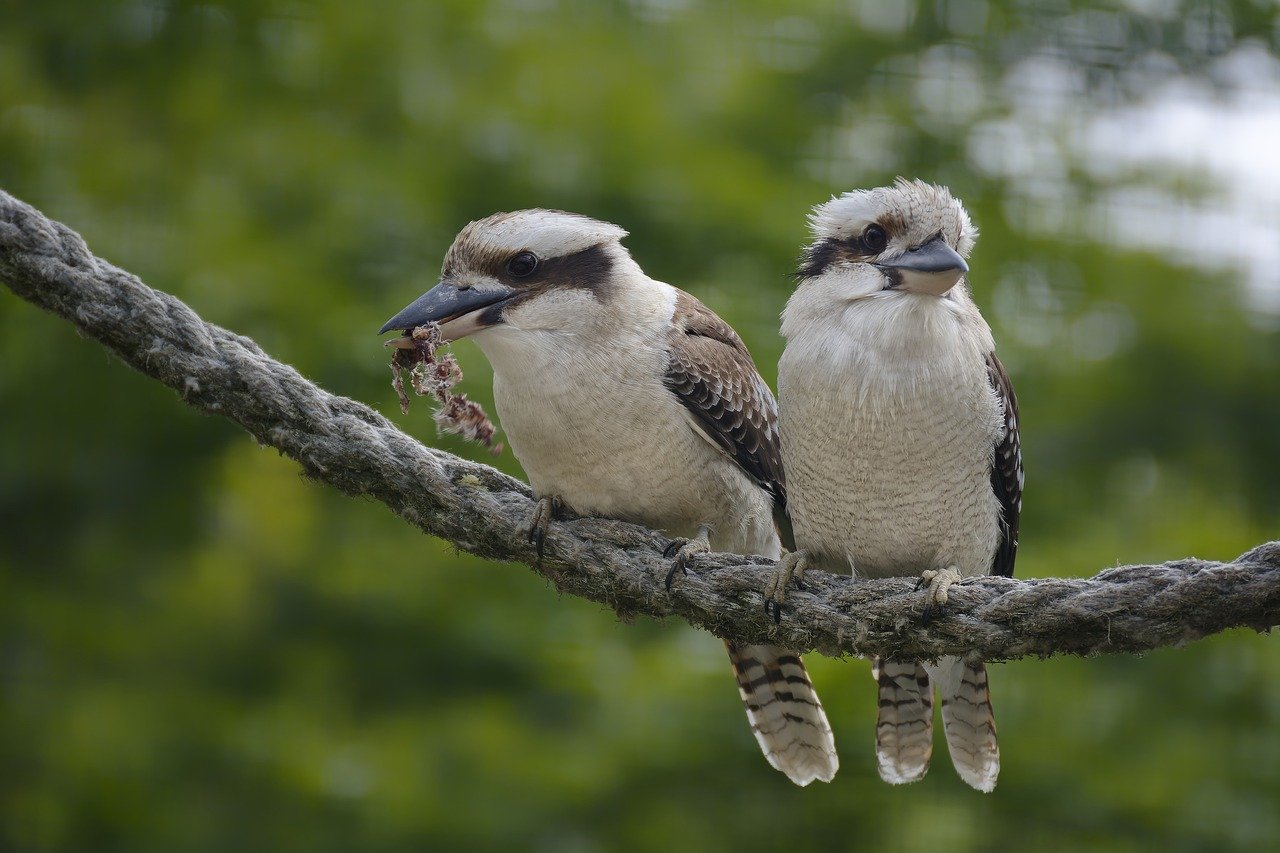Introduction
San Diego Zoo is renowned for its diverse collection of animal species from around the globe, making it a premier destination for wildlife enthusiasts and families alike. This article delves into the most popular animals that draw crowds to this iconic zoo, offering insights into their unique characteristics and the conservation efforts in place to protect them.
Iconic Giants: The Pandas and Elephants
Pandas: A Symbol of Conservation
The giant pandas were among the most beloved inhabitants of San Diego Zoo, attracting visitors from all over the world. Although the pandas returned to China in 2019, their impact on zoo attendance and conservation awareness continues to resonate. The zoo’s efforts in panda conservation helped improve breeding techniques and bamboo cultivation, contributing significantly to the increase in the wild panda population.
Elephants: Giants of the Savanna
San Diego Zoo’s Elephant Odyssey is an expansive habitat that showcases the life of elephants in both the past and present. The exhibit is home to a herd of African elephants, each with their own rescue story. These majestic creatures are a testament to the zoo’s commitment to large mammal conservation and provide visitors with an up-close look at their complex behaviors and social structures.
Jungle Royalty: The Lions and Tigers
Majestic African Lions
The African lions, with their regal demeanor and powerful presence, are a centerpiece at the zoo. The lion habitat provides a glimpse into the savanna lifestyle, highlighting the importance of social structures within a pride. Educational talks and feeding demonstrations give visitors deeper insights into the challenges these big cats face in the wild.
Mysterious Sumatran Tigers
San Diego Zoo is also home to the critically endangered Sumatran tigers. These tigers are part of a global breeding program aimed at preserving their dwindling numbers. The zoo’s habitat allows them to display their natural behaviors such as climbing and swimming, offering visitors a rare view into the lives of one of the most secretive jungle predators.
Ocean Ambassadors: The Penguins and Polar Bears
African Penguins: Playful Swimmers
The African penguin colony at the zoo’s Africa Rocks exhibit is a favorite among visitors. These charismatic birds are known for their playful antics and agile swimming. The exhibit not only entertains but also educates the public about the threats these birds face due to climate change and habitat loss.
Polar Bears: Arctic Giants
The Polar Bear Plunge is another highlight, featuring a trio of polar bears that roam an expansive habitat designed to mimic the Arctic tundra. The exhibit focuses on the impact of global warming on the polar regions, using these magnificent bears to underline the urgency of environmental conservation.
Avian Wonders: The Birds of the Tropics
Exotic Flamingos
A flock of vibrant flamingos greets visitors at the entrance, setting the tone for a visit full of exotic discoveries. These birds are particularly known for their striking pink color, which is a result of their carotenoid-rich diet. The flamingos are not only a photogenic delight but also an example of how diet influences animal physiology.
Rare California Condors
San Diego Zoo has played a critical role in the recovery of the California condor, once on the brink of extinction. The zoo’s breeding program has been vital in reintroducing these majestic birds into the wild. This effort showcases the zoo’s commitment to the conservation of local wildlife.
Conclusion
San Diego Zoo continues to be a hub of wildlife education and conservation, with a variety of animals that captivate and educate visitors. From the jungles of Africa to the icy Arctic, each animal at the zoo has a story that contributes to the larger narrative of biodiversity and environmental stewardship. Through its ongoing efforts in conservation and education, San Diego Zoo not only entertains but also inspires actionable change in the global community.


